Imagine this: your dog, typically friendly and relaxed, suddenly starts growling. It’s unexpected and concerning. Is it a sign of aggression, fear, or something more serious? Growling, while often misunderstood, is a natural way for dogs to communicate. It can serve as a warning, an expression of discomfort, or even a sign of playfulness.
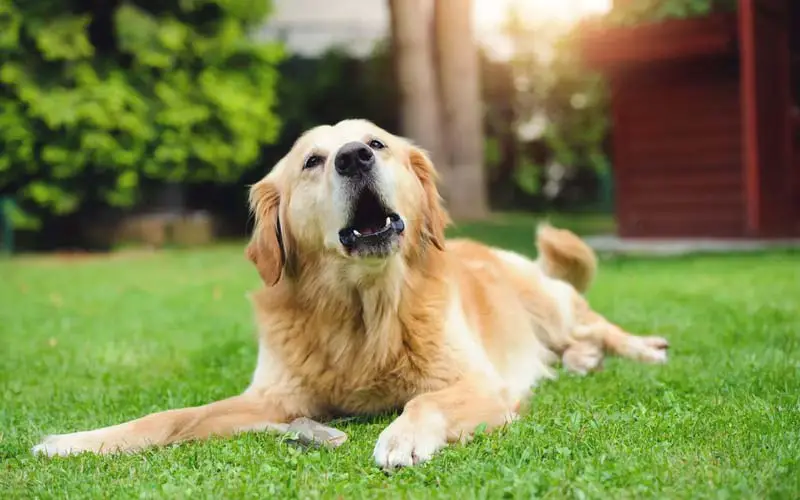
In this article, we’ll explore the possible reasons behind sudden growling in dogs, ranging from behavioral triggers to underlying medical conditions. You’ll learn how to interpret your dog’s signals, respond effectively, and prevent future incidents. Understanding the root cause is key to maintaining trust and ensuring your dog feels secure and understood.
1. Understanding Why Dogs Growl
Dogs use growling as a form of communication. While it may sound alarming, growling is a natural and normal behavior that conveys a range of emotions. Recognizing the purpose and context of a growl helps you better understand your dog’s needs and intentions, ensuring a healthy and safe relationship.
Growling as Communication
Growling serves as a dog’s way of expressing discomfort, fear, or excitement. It’s their version of saying, “I need space,” “I’m not feeling well,” or even, “I’m having fun!” By paying attention to the circumstances surrounding a growl, you can decode what your dog is trying to tell you.
Types of Growling
Defensive Growling
- Defensive growling is rooted in fear or anxiety. Dogs may growl when they feel threatened, cornered, or overwhelmed. For example, an unfamiliar visitor in the home or a loud noise can trigger this type of growl. Defensive growling is a warning sign, asking for distance and space.
Aggressive Growling
- Aggressive growling typically stems from territorial instincts or resource guarding. Dogs may growl to protect their food, toys, or resting spots. It’s their way of asserting ownership and warning others to back off. Recognizing this growl is essential to prevent potential escalation into snapping or biting.
Playful Growling
- Not all growls indicate negativity. During roughhousing or interactive play, dogs often emit low, playful growls. These growls are usually accompanied by relaxed body language, wagging tails, and an excited demeanor. It’s important to differentiate playful growling from other types by observing the overall context and body signals.
Why This Matters
Understanding why your dog growls can help you respond appropriately and avoid misinterpreting their signals. Defensive or aggressive growling requires careful handling to address the root cause, while playful growling should be encouraged within healthy boundaries. By learning to identify these types of growling, you foster better communication and trust with your dog.
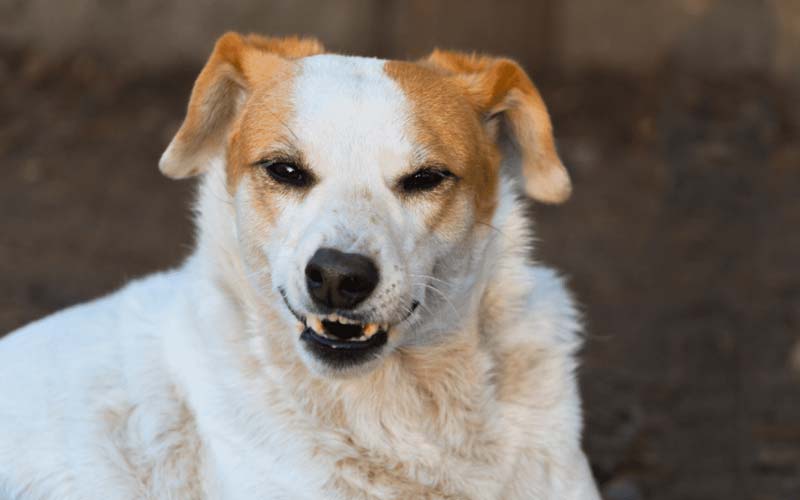
2. Common Causes of Sudden Growling
Sudden growling in dogs can be concerning, especially if it seems to appear out of nowhere. The reasons behind this behavior are often rooted in behavioral, medical, or environmental factors. Understanding these causes is essential to addressing the issue effectively and ensuring your dog’s well-being.
Behavioral Causes
Fear of Unfamiliar People or Environments
- Dogs may growl when exposed to new people or places that make them feel insecure. For example, a visit to a crowded park or meeting someone unfamiliar can trigger a defensive response. This type of growling is a dog’s way of expressing fear and asking for reassurance or space.
Past Trauma or Negative Experiences
- Dogs with a history of abuse or traumatic events may react unpredictably to certain triggers. Growling can be a learned response to situations they associate with past harm, such as raised voices, sudden hand movements, or specific objects.
Resource Guarding
- Many dogs growl to protect their valued possessions, such as food, toys, or sleeping spots. This behavior, known as resource guarding, is instinctual and signals discomfort with others approaching their prized items.
Medical Causes
Pain from Injuries or Underlying Conditions
- Pain is a common cause of sudden growling. Conditions like arthritis, dental problems, or injuries can make your dog sensitive to touch or movement, prompting a growl to indicate discomfort.
Neurological Problems or Sensory Changes
- Dogs experiencing neurological issues or changes in their senses, such as hearing or vision loss, may growl due to confusion or fear. These changes can make them feel vulnerable and more reactive to their surroundings.
Hormonal Imbalances or Other Illnesses
- Medical issues such as thyroid disorders or infections can alter a dog’s behavior, leading to irritability and growling. It’s important to consult a veterinarian if you suspect a medical cause.
Environmental Factors
Changes in Routine, Home Environment, or Family Dynamics
- Dogs thrive on routine, and sudden changes can cause stress. Moving to a new home, introducing a new pet, or shifts in family dynamics, such as a new baby, can make a dog feel insecure, leading to growling as a coping mechanism.
Loud Noises or Sudden Movements Triggering Fear
- Sudden loud noises, like fireworks or thunderstorms, or quick, unexpected movements can startle a dog, prompting a growl as an instinctive reaction.
Why Recognizing Causes Matters
Identifying the cause of your dog’s sudden growling is the first step to addressing it effectively. Whether it’s a response to fear, pain, or environmental changes, understanding the root of the behavior allows you to take the appropriate steps to comfort your dog, seek medical care, or modify their environment to reduce stress.
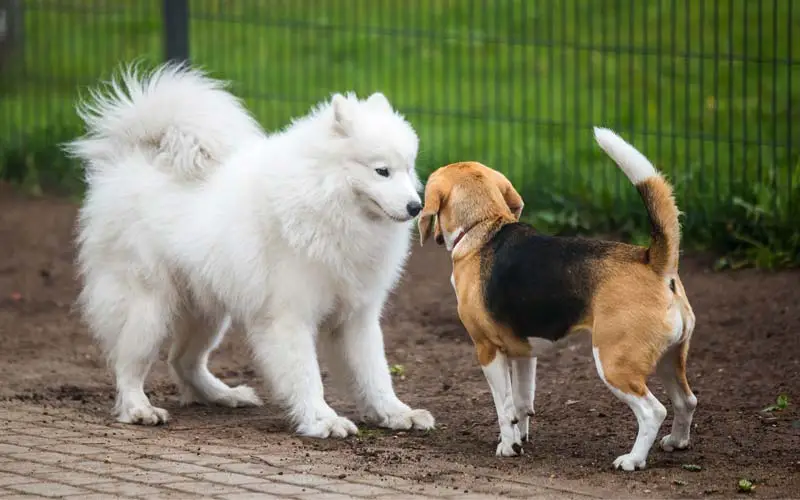
3. How to Respond to Sudden Growling
When your dog growls unexpectedly, it’s crucial to respond calmly and thoughtfully. Reacting appropriately can prevent the situation from escalating and help you address the underlying cause. Here’s a step-by-step approach to managing sudden growling:
Step 1: Stay Calm and Assess the Situation
The first and most important reaction is to remain composed. Dogs are highly attuned to human emotions, and your calm demeanor can help diffuse tension.
- Avoid Aggression: Do not yell, punish, or react aggressively toward your dog, as this may escalate their fear or stress.
- Observe the Environment: Look for immediate triggers, such as unfamiliar people, loud noises, or potential threats. Understanding what caused the growling can help you address it effectively.
Step 2: Give the Dog Space
Respect your dog’s need for distance and allow them to retreat if they feel uncomfortable.
- Create a Safe Space: Let your dog move to a quiet area where they can relax and regain their sense of security.
- Avoid Forced Interaction: Do not attempt to pet, hold, or comfort your dog physically if they’re growling, as this could increase their stress or lead to defensive actions.
Step 3: Rule Out Medical Causes
Sudden growling may be your dog’s way of signaling physical discomfort or pain. Addressing potential medical issues is essential.
- Consult a Veterinarian: Schedule a check-up to rule out injuries, illnesses, or chronic conditions such as arthritis or dental problems.
- Monitor Symptoms: Be alert for additional signs, such as limping, changes in appetite, or unusual behaviors, that could indicate a health issue requiring immediate attention.
Step 4: Address Behavioral Issues
If the growling is not linked to medical concerns, behavioral training can help resolve the issue.
- Work with a Professional: A dog trainer or animal behaviorist can assess your dog’s behavior and recommend strategies to manage triggers.
- Use Gradual Desensitization: Slowly expose your dog to the stimuli that cause growling, paired with positive reinforcement to build their confidence and reduce fear.
- Reinforce Positive Behavior: Reward your dog for calm, non-aggressive responses with treats, praise, or play to encourage desirable behavior over time.
Why Response Matters
How you respond to sudden growling can either escalate or resolve the situation. A calm, measured approach ensures your dog feels safe, helps identify the underlying issue, and lays the foundation for building trust and confidence in your relationship.
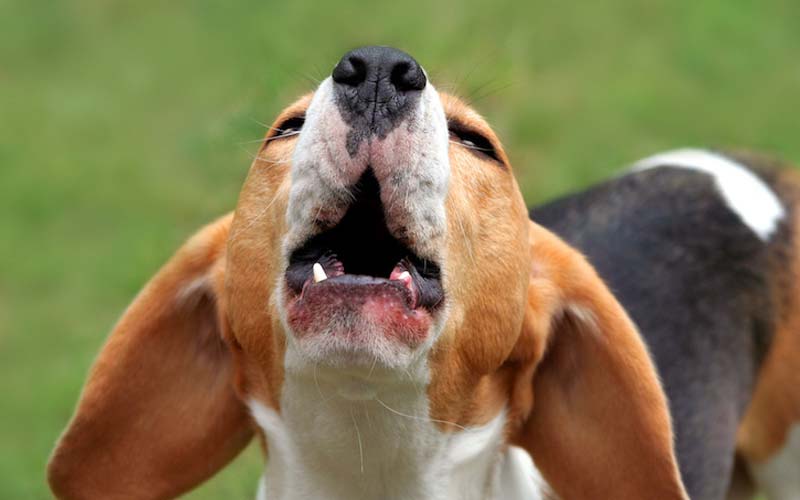
4. Preventing Future Growling Episodes
Preventing future growling requires proactive measures to address potential triggers and promote your dog’s overall well-being. With the right strategies, you can build your dog’s confidence, improve their behavior, and minimize stressors that lead to growling.
Socialization
Socialization is crucial for helping dogs feel comfortable in various environments and with different people.
- Expose to Diverse Settings: Gradually introduce your dog to new experiences, such as walks in bustling areas, meeting other pets, or interacting with visitors. Positive early exposure can reduce fear-based growling later.
- Monitor Comfort Levels: Always ensure your dog feels safe and secure during socialization. Avoid overwhelming them with too many new experiences at once.
Routine Health Checkups
Regular veterinary visits are essential for identifying and addressing health issues that might lead to growling.
- Early Detection: Regular checkups can catch problems like arthritis, dental pain, or other conditions that cause discomfort, reducing the risk of behavior changes.
- Vaccinations and Preventative Care: Staying up-to-date on vaccines and parasite prevention supports your dog’s overall health and reduces stress from illness.
Training and Reinforcement
Training is a powerful tool for curbing unwanted behaviors and encouraging positive responses.
- Teach Basic Commands: Commands like “sit,” “stay,” and “leave it” can help redirect your dog’s attention and encourage calm behavior.
- Reward Good Behavior: Use treats, praise, or playtime to reinforce non-aggressive, calm behavior during situations that previously triggered growling.
- Set Boundaries: Work on managing resource guarding by teaching your dog to share toys and spaces through gradual desensitization and rewards.
Maintain a Stable Environment
Dogs thrive on routine and stability. Sudden changes can increase stress and lead to behavioral issues like growling.
- Consistent Routines: Keep feeding, walking, and playtime schedules as regular as possible to provide a sense of security.
- Gradual Introductions: When introducing changes like a new pet, family member, or moving to a new home, take it slow. Allow your dog time to adjust to the new situation.
Why Prevention Matters
Proactive prevention not only reduces the likelihood of growling episodes but also strengthens the bond between you and your dog. By addressing behavioral, health, and environmental factors, you create a supportive and stable environment that fosters confidence and trust.
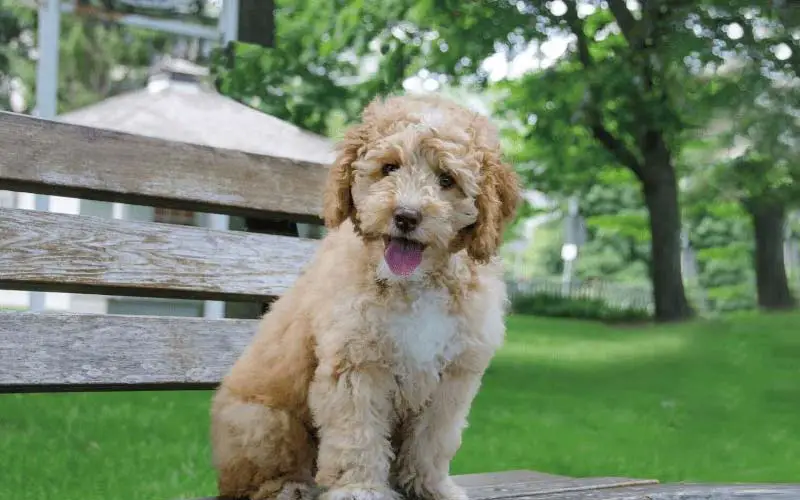
5. When to Seek Professional Help
While many instances of growling are manageable with proper care and training, there are situations where professional intervention is necessary. Recognizing the red flags that indicate a more serious issue can help you address your dog’s behavior promptly and effectively.
Red Flags Indicating the Need for Immediate Action
Persistent Growling Without a Clear Cause
- If your dog continues to growl with no obvious trigger, this could indicate an underlying problem that requires professional attention. Persistent growling, especially if it’s out of character for your dog, warrants further investigation to rule out medical or behavioral issues.
Escalation to Biting or Other Aggressive Behaviors
- If growling escalates to biting, snapping, or lunging, this is a serious concern. It indicates that your dog may feel cornered, threatened, or unable to cope with the situation. Aggressive behavior not only poses a risk to others but also signals that your dog is struggling to manage their emotions.
Signs of Severe Anxiety or Distress
- If your dog displays signs of extreme anxiety or distress—such as excessive drooling, shaking, pacing, or destructive behavior—growling may be a symptom of a deeper issue. In such cases, professional intervention is essential to address the root cause of the anxiety and help your dog cope more effectively.
Role of Veterinarians, Trainers, and Animal Behaviorists
Veterinarians
- A veterinarian should be your first step if you suspect medical causes for your dog’s growling. They can perform thorough examinations to rule out injuries, pain, or health conditions such as arthritis, dental issues, or neurological problems. If necessary, the vet may recommend treatment, medication, or referral to a specialist.
Dog Trainers
- Professional dog trainers can help if the growling is due to behavioral issues. They can work with you to correct unwanted behaviors, teach your dog to respond to commands, and use positive reinforcement techniques to promote calm and non-aggressive responses. Trainers may also help address issues like resource guarding or fear-based growling.
Animal Behaviorists
- If your dog’s growling is rooted in deep-seated anxiety or behavioral challenges, an animal behaviorist is the best choice. These professionals specialize in understanding the psychological factors that drive aggressive or fearful behavior and can create tailored behavior modification plans. They can also help with desensitization and reconditioning strategies for dogs with complex emotional needs.
Why Professional Help Matters
Seeking professional help when necessary ensures that the underlying cause of your dog’s growling is properly addressed. Veterinarians, trainers, and behaviorists bring the expertise needed to manage your dog’s behavior safely and effectively. Early intervention can prevent further escalation and improve your dog’s quality of life, helping them become more relaxed and confident in their environment.
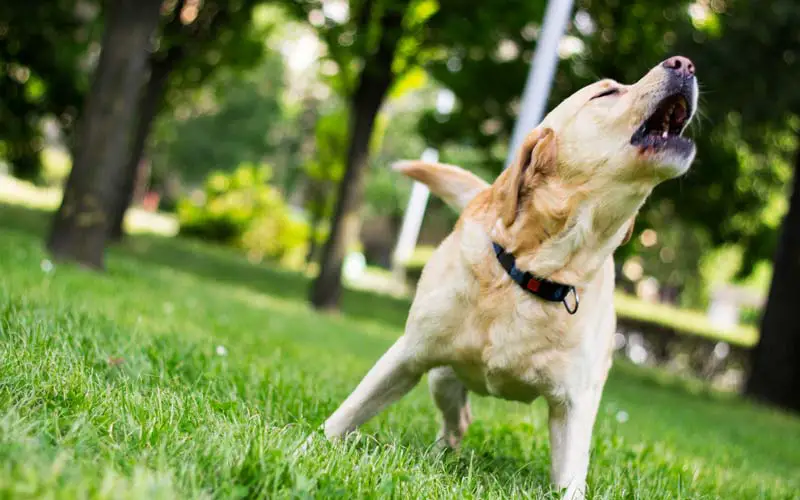
Conclusion Why is my dog growling all of a sudden
Sudden growling in dogs is a behavior that can be both alarming and perplexing, but with a thoughtful approach, it’s possible to understand the underlying causes and respond appropriately. In this article, we’ve covered the different reasons why dogs growl, including behavioral, medical, and environmental factors. By staying calm, giving your dog space, and addressing potential health or behavioral issues, you can reduce the likelihood of future growling episodes.
Preventing future growling requires proactive steps such as socialization, consistent training, routine health checkups, and maintaining a stable environment. If you notice persistent growling, escalation to aggression, or signs of distress, it’s crucial to seek professional help from a veterinarian, trainer, or behaviorist to ensure your dog’s well-being and prevent further complications.
By taking these steps, you can build a stronger, healthier relationship with your dog while addressing any growling behavior in a compassionate and effective manner. If you’re concerned about your dog’s growling or behavior, don’t hesitate to consult with professionals who can guide you in creating a positive environment for both you and your dog.